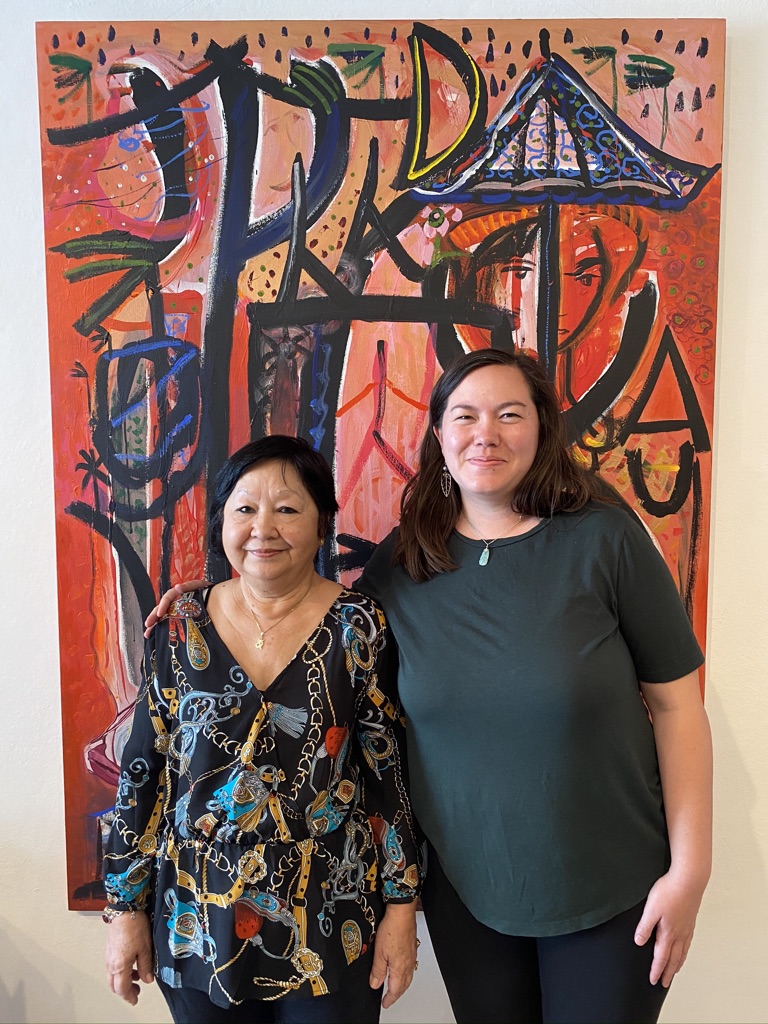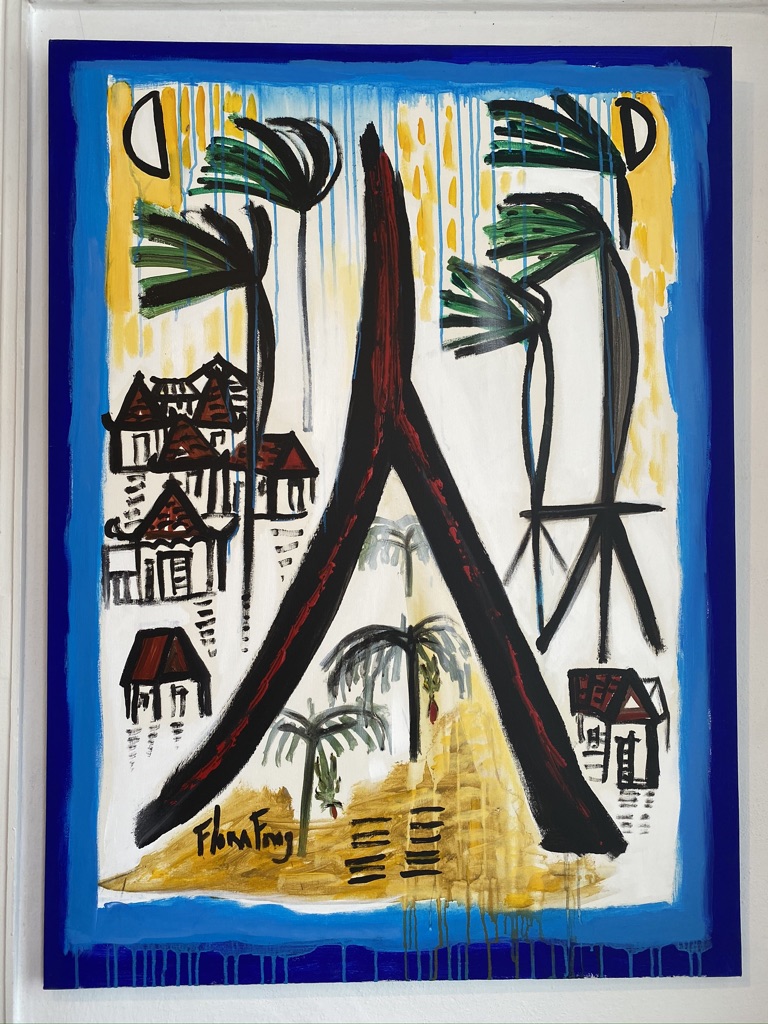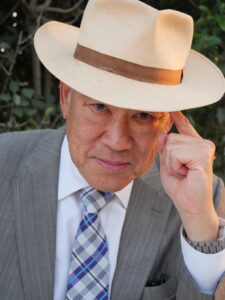The Chinese in Cuba
A Friends of Roots (FOR) cohort traveled to Cuba in March 2020 to explore the Chinese presence which dates back to the 1830s and 1840s.
Cuba was occupied by the Spanish empire for some 400 years. By the 1830s some Chinese arrived in Cuba from the Philippines (another Spanish colony) by way of the Manila galleon trade. Large numbers of Chinese from the mainland arrived beginning in 1847, some tricked or kidnapped (“selling pigs”), under onerous eight-year contracts for indentured labor, to work alongside enslaved Africans on Cuba’s sugar plantations and other industries. Around 125,000 Chinese arrived in Cuba from 1847 to 1874, the period of the “coolie trade.” Over 90,000 Chinese arrived in Peru under similarly onerous indentured labor contracts from 1849 to 1874. Some Chinese in Cuba had ancestral roots in Fujian (mainly the Amoy/Xiamen region), but the majority were from Guangdong’s Pearl River Delta.
Chinese who survived their eight-year contracts often remained in Cuba, either by choice or because they could not pay for passage back to China. Many started small businesses in Cuba’s cities and towns and cities. The Cuban Chinese community grew in the late 1800s with the arrival of the “Californios,” Chinese who left the United States because of discrimination and racism there; many of the Californios were merchants, and they provided an infusion of capital to the community.
There were very few women among the Chinese in Cuba, and relationships with non-Chinese Cuban women, especially Black Cubans, resulted in many mixed race descendants. Race relations in Cuba were relatively relaxed in comparison to the United States, although the US exported its anti-Chinese policies to Cuba during its occupation of Cuba after the Spanish-American War. Scholar Evelyn Hu-DeHart has noted a Black and Chinese “intimacy” in Cuba that is missing in North America.
Cuba once had the largest Chinese population in the Caribbean and Latin America. There were Chinese communities across the country, from Santiago de Cuba at the far eastern end of the island to Havana in the west, and in the cities and towns in between. As in other Chinese communities around the world, the Chinese in Cuba established many clan, regional, fraternal, commercial, and political organizations. The Casino Chung Wah (known in Chinese as the zhonghua huiguan) in Havana, served as an umbrella organization, not unlike the Chinese Six Companies in San Francisco. Our group met with community leaders at the Min Chih Tang (minzhidang), which has its roots in early 20th century anti-Qing societies in China.
Cuba was the last Spanish colony in the Americas to gain independence from Spain, which came only after three wars in the mid- and late-19th century. Thousands of Chinese were among the rebels that fought against the Spanish in those wars. A monument to the Chinese independence fighters stands in the Vedado area of Havana, with the inscription, “No hubo un chino cubano desertor. No hubo un chino cubano traidor” (There was not one Chinese Cuban deserter. There was not one Chinese Cuban traitor). Independence from Spain was finally achieved after the Spanish-American War of 1898, only to be replaced by American influence through military occupation, treaties that gave the United States naval bases (of which Guantanamo remains) and the right to intervene in Cuban affairs, American business interests, and the mafia. American influence continued until the Cuban revolution of 1959, and Cuba soon sided with the Soviet Union during the Cold War.
A second period of large scale Chinese emigration occurred after World War I, when some 120,000 arrived in Cuba, during a brief period when Cuba’s immigration policies were relaxed due to labor shortages. A final wave of immigration took place in the late 1940s and early 1950s, when Chinese fled the Kuomintang-Communist civil war and the establishment of the People’s Republic of China in 1949.
Chinese Cubans fought on both sides of the rebellion that resulted in the 1959 victory by Fidel Castro’s forces. In one of the last and decisive engagements of the war (December 1958) Captain Alfredo Abón Lee of the Cuban army held off rebel forces under the command of Camilo Cienfuegos at the Battle of Yaguajay until his troops ran out of ammunition and Lee was forced to surrender. Seeing the writing on the wall, President Batista (who was himself of part Chinese descent) fled Cuba the following day, opening the way for the rebels to take Havana on January 1, 1959. On the other side, commanders Armando Choy, Gustavo Chui and Moisés Sío Wong fought with the rebels and remain honored veterans of the revolution.
Many Chinese fled Cuba for Florida, New York, Puerto Rico, and elsewhere after the 1959 revolution, as their businesses and property were under threat of seizure. Other Chinese were supportive of the revolution or had no option to leave, and stayed. There has been very little Chinese emigration to Cuba since the revolution. Our group, however, had a Chinese banquet at the Tigre Amarillo restaurant in Barrio Chino, which is owned by a Chinese entrepreneur from Sichuan(!) who arrived in the 1980s. We also met with a woman from Enping who arrived in Cienfuegos in the 1990s and has become a leading member of the Chinese community there.
Our group walked through colonial Old Havana (Habana Vieja) and Chinatown (Barrio Chino), which is immediately adjacent to Old Havana and the former national capitol building (the Capitolio). The entrance to Barrio Chino is marked by a gate similar to that in San Francisco Chinatown and many other Chinatowns around the world. There are very few China-born residents left in Cuba, at this point probably no more than 100. Those that remain are quite elderly, in their 80s and 90s. There are hundreds of thousands of Cubans across the country, however, who have some Chinese blood. Many Cubans proudly claim a Chinese grandparent or great-grandparent.

The expression luodi shenggen “grow roots where you land,” aptly describes the Chinese experience throughout the diaspora. The Chinese in Cuba, despite exploitation and discrimination, eventually became an integral part of Cuban society, culture, cuisine, and Cubanidad (Cuban identity). Painters Wilfredo Lam and Flora Fong and singer Ibrahim Ferrer (of Buena Vista Social Club fame) are examples of this legacy. Our group visited Fong at her home and studio; her paintings are noted as “arte cubano con raíces china” (Cuban art with Chinese roots). In a fascinating example of transculturation in the realm of music, the Chinese double-reeded suona (aka laba) has been incorporated as a principal instrument in the Afro-Cuban comparsa religious processions of eastern Cuba. The instrument is known in Cuba as the trompeta china and corneta china. In an example of religious syncretism, Chinese folk deity Guan Gong is known in Cuba as San Fancon, and is associated with the god Changó of Afro-Cuban Yoruba religion and Santa Barbara of the Catholic tradition.

In the past 20 years or so, efforts have been made to preserve and revive Chinese institutions in Cuba. Wushu, lion dancing, taiqi, and Mandarin language courses are popular with Cubans whether or not they have Chinese ancestry. The Kwong Wah Po newspaper has been revived; it is printed on a handset press from the mid-19th century. We visited the Chinese cemetery in Havana, established because Chinese were excluded from the gigantic Necrópolis de Cristóbal Colón across the street. The gravestones at the Chinese cemetery record Chinese ancestral village information, which greatly assists genealogical research. The People’s Republic of China has good relations with the Cuban government, and the Chinese embassy supports cultural activities in Barrio Chino.
While the Chinese legacy in Cuba is an important part of the national fabric, the lack of ongoing Chinese immigration and the incorporation of Chinese descendants into the general Cuban population has resulted in the gradual fading away of a distinct Chinese community. We were fortunate to be able to travel to Cuba and meet some of the remaining old-timers.

Steven Owyang, Friends of Roots
Steve is a fourth generation Chinese American who holds a strong interest in Chinese American history. Through Friends of Roots and its Roots: Him Mark Lai Family History Project, Steve has led program participants in researching their own family history and genealogy, learning about China and Chinese American history, and visiting their ancestral villages in China.
